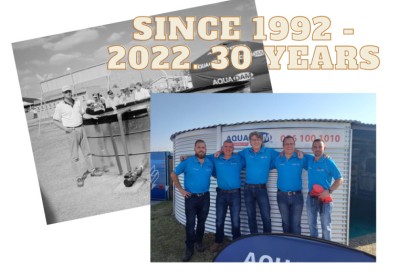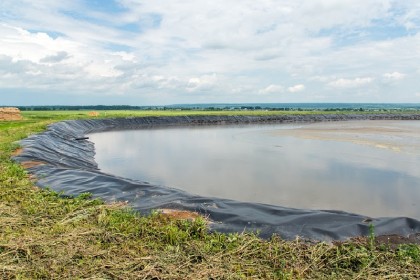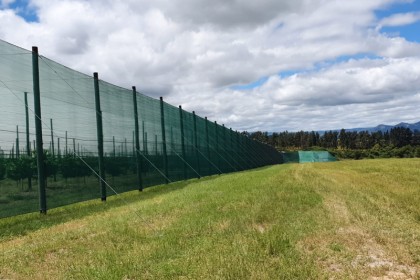
Planter Monitors in South Africa Using Electrolee
Farming is an extremely important industry that is just as complicated as it is crucial. There are so many aspects that can cause a crop to fail or have a poor yield. The three main causes for crop failure consist of:
- There is too much or too little water.
- The soil doesn't have the correct nutrients for the specific crop being grown.
- An insect infestation takes hold.
There are also other aspects that can influence the yield of a crop. One of these aspects is missing rows when planting a crop. This can easily happen when one is farming on a big piece of land that has large crop sizes and caters for the commercial market. Thus, the conditions for planting and growth could be ideal but without a seed being planted, the effort will be fruitless.
In this article, we will discuss the solution to missing rows when planting for the next season. This solution is planter monitors.
What is a Planter Monitor?
A planter monitor tracks and displays when a seed is planted alerting you when something goes wrong. It alerts you when a row has been missed. It also provides you with information on why the planting is failing to occur. For example, a planter monitor will inform you when a runner is plugged.
How Does a Plant Monitor Work?
There are a number of basic features that allow a plant monitor to accurately measure whether or not seeds are being planted and are ultimately what allows the device to function. These features consist of:
- Seed Sensors: These sensors feed information to a console via electrical signals. The information that is sent to the console is captured when the seeds flow through the sensors. There are multiple sensors available depending on what it is being used for; however, there are two main variants of sensors. The one makes use of a solid-state light source whereas the other uses an incandescent lamp.
- Indicator Light: as seeds are detected and recorded by the sensors a light flashes to indicate the detection. If a problem has been detected, the light will stop flashing.
- An Alarm: once a problem has been located and the indicator light has stopped flashing, an alarm will go off to ensure that the operator is alerted of the halt in planting.
- Protection Against the Elements: Plant monitors are sealed in such a way that dust, moisture, and other elements cannot cause damage, ensuring longevity and effectiveness in harsh weather conditions.
The Benefits of Planter Monitors
There are various benefits that planter monitors provide. Some of these benefits include, but are not limited to:
- Reduced Waste: As the planter monitor alerts you when you have missed a row or a problem is occurring, you will be able to stop, correct the situation and not waste seed, time, or crop potential.
- Efficient Planting: Planter monitors are able to assist in seeds being planted the right distance from one another, ensuring that the plants do not compete with one another.
- Optimised Field Use: This device allows for increased field planning
- Time-Efficiency: As one can now plant during the day and at night it can increase the number of seeds planted over a period of time.
Planter Monitors Prices
The pricing of a planter monitor will depend on the type of monitor you decide to purchase as well as where you acquire it from. Price will also differ according to the quality of the planter monitor.
Planter Monitors in South Africa
Electrolee is a planter monitor manufacturer and distributor that has a wide variety at your disposal. They are built to operate and flourish in tough environments and come with a 3-year warranty. With their years of experience and knowledge, they will be able to provide you with the advice you need to choose the correct planter monitor for your crop requirements. To find out more about Electrolee and ensure your peace of mind and success while planting your next crop, visit the AgrifoodSA directory and find the plant monitor perfectly suited to you.












